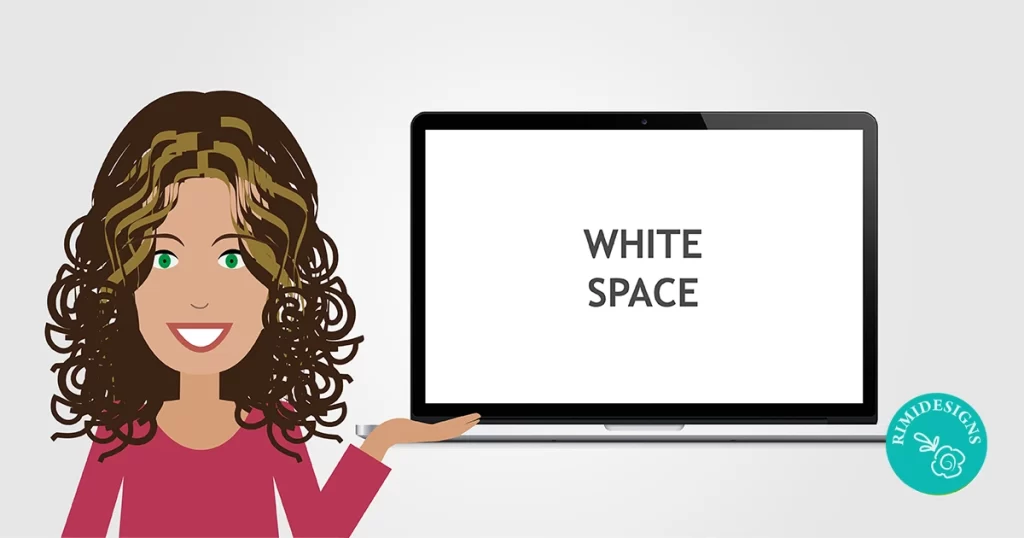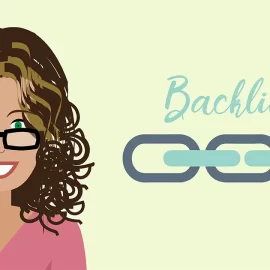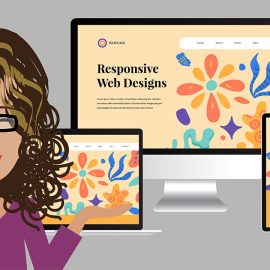
How to Make White Space Work on Your Website
The term white space is sometimes used interchangeably with negative space and the concept is the same. Though the term refers to “white” space in particular, the area in question does not have to be white at all. It’s just the empty space around the elements of a webpage layout.
Space like this can come in many different forms, such as the space in between images and graphics, gutters, margins, columns and even lines of type.
While it seems to be made of “nothing”— only in that no other design element occupies the space — white space should not be treated in that manner. Treating it as “nothing” can lead to missed opportunities in designing something truly aesthetic and appealing.
White space, done right, can actually provide a good amount of benefit to web design. Instead of reducing white space in web design, go against the grain and make sure to increase white space on a webpage. Some well-known and popular brands are already moving in this direction and it’s time that more designers followed their lead.
More white space equals a more luxurious brand and website
Clients typically want designers to use up as much space as possible on a website since it can be costly to pay for site real estate, and there are screen limits to where messaging can be included. However, doing the opposite, i.e. increasing white space, prompts the designer to craft a smarter brand message in a more restrictive space.
In addition, perception will be that a website with more white space is one whose content is more vital than its screen space. As a result, a brand seems more luxurious because it appears able to sacrifice more screen space to focus on its content messaging instead.
Luxury brands haven’t failed to understand this phenomenon and regularly use more white space to achieve this precise effect.
White space to promote smooth searches
A simple, though ideal, demonstration of the effective simplicity of white space can be seen in two major search engines: Google and Yahoo Search.
Google understands precisely that users looking for a certain search topic don’t want to be distracted with loud backgrounds and ads. Therefore, white space dominates the entire Google search engine page with the actual search only occupying a thin sliver of space in the middle of the page.
Similarly, Yahoo Search embodies this smart use of white space, too. While the webpage does have a pretty long menu bar at the top, the idea’s the same – a lot of white space so that the user can concentrate on the search and nothing but the search.
Readability and legibility get a much deserved boost
Readability and legibility on any given website are bolstered when white space is smartly used.
If the text on a webpage is squished together excessively, then it will get in the way of a comfortable reading experience, which hampers the overall user experience. More white space improves the reading experience by making text easier to scan, adding also to comprehension.
White space can also be used in between different sections of content, not only to improve the reading experience, but to break up various parts of content for easier absorption of information.
It makes colours more vivid
Perhaps the most direct, though simplest, benefit of white space is that it makes other colours on a website stand out to the point that they’re brighter than ever. This is very helpful for catching the eye of the website visitor, as the colours’ depth, richness and even intensity are emphasised more than ever.
White space is not wasted space
Web designers have to increasingly move away from the mistaken belief that they have to cram every element and colour possible into the screen when designing a website.
White space can make a powerful impact when it’s used in such a way to highlight a brand’s content, boost readability and legibility and make minimalist colours stand out.
The phrase “less is more” truly applies to the whole concept of white space, no matter how you look at it. In a broader sense, this take on minimalism in web design has also been getting popular lately and it’s certainly a trend that will continue.
SOURCE: Web Designer Depot
Need a professional looking website?



